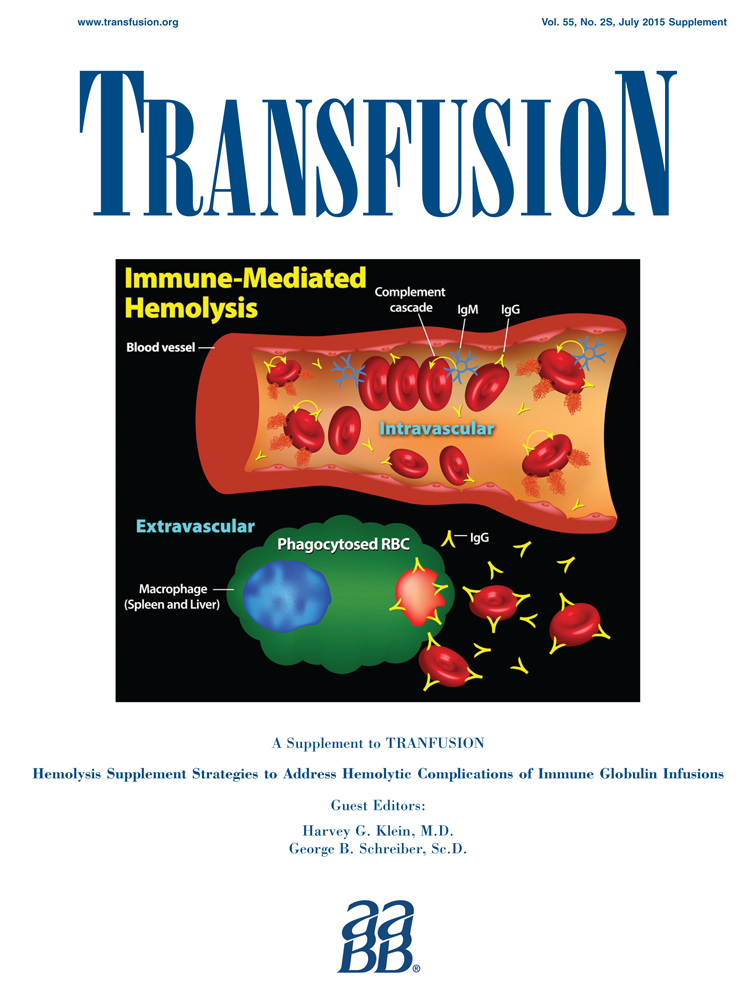Do immune complexes play a role in hemolytic sequelae of intravenous immune globulin?
Abstract
Intravenous immune globulin (IVIG) was developed initially as an immunoglobulin replacement therapy for primary humoral immunodeficiency, but is now widely used in the treatment of autoinflammatory and autoimmune pathologies. In a small number of patients, hemolytic sequelae have been observed after IVIG administration. The lack of a simple one-to-one correlation between measurable hemagglutinins and hemolysis has led to complicated hypotheses involving coincident necessary variables (e.g., a two-hit hypothesis) and also to the positing of causal factors other than hemagglutinins. One such hypothesis is that immune complexes (ICs) contained within IVIG lead to hemolysis.
IVIG-mediated hemolysis was addressed at a recent meeting sponsored by the Food and Drug Administration; the Plasma Protein Therapeutics Association; and the National Heart, Lung, and Blood Institute. The primary literature was reviewed at this meeting followed by detailed discussion. Participants concluded that there is both a theoretical basis by which ICs could contribute to hemolysis after IVIG administration and some published data in support of such a possibility. However, the reported data contain substantial caveats, and the existing evidence does not rise to a level sufficient to either confirm or reject a role for ICs. More detailed and focused human studies will be required to further assess the potential role of ICs in IVIG induced hemolysis. This paper summarizes the relevant literature and expands upon the conclusions of this workshop.




